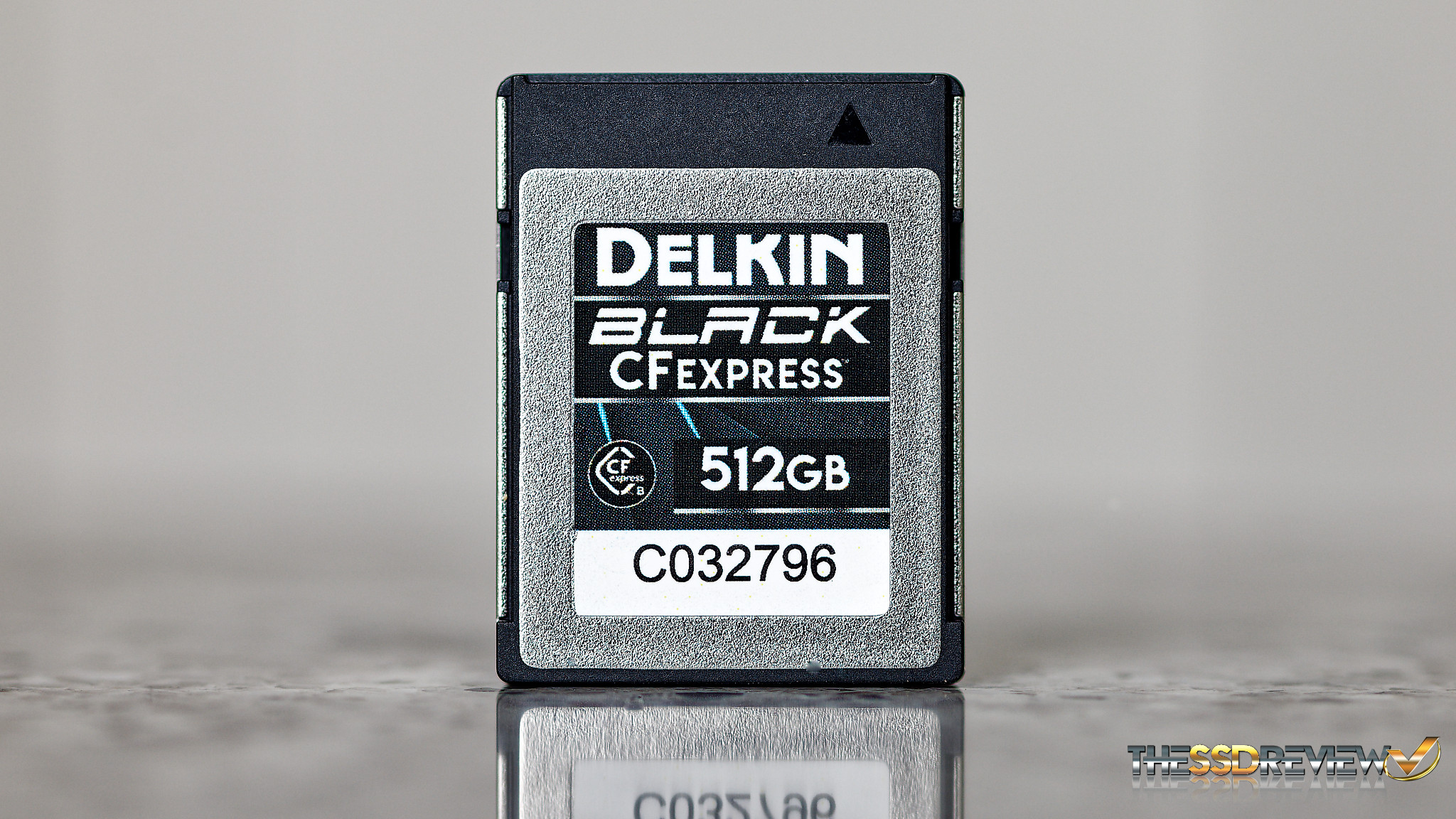I currently am using 64GB UHS-II SDXC but have the firmware update to use the CFexpress cards. I am planning to get a Z9 eventually and I am wondering if there is a benefit to switching the D500 to the CFexpress card so I can swap them between the 2 cameras in the future.
Has anyone switched from UHS-II SDXC to CFexpress on their D500? what are the differences IN CAMERA, or are they just faster to get the images from the card to your PC?
Do the D500 and Z9 access the fastest CFexpress cards at the same speeds? or do I need a slower one for the D500 and the fastest version for the Z9 when I get it?
Or is it just a nitpicky moot point to consider?
Has anyone switched from UHS-II SDXC to CFexpress on their D500? what are the differences IN CAMERA, or are they just faster to get the images from the card to your PC?
Do the D500 and Z9 access the fastest CFexpress cards at the same speeds? or do I need a slower one for the D500 and the fastest version for the Z9 when I get it?
Or is it just a nitpicky moot point to consider?



